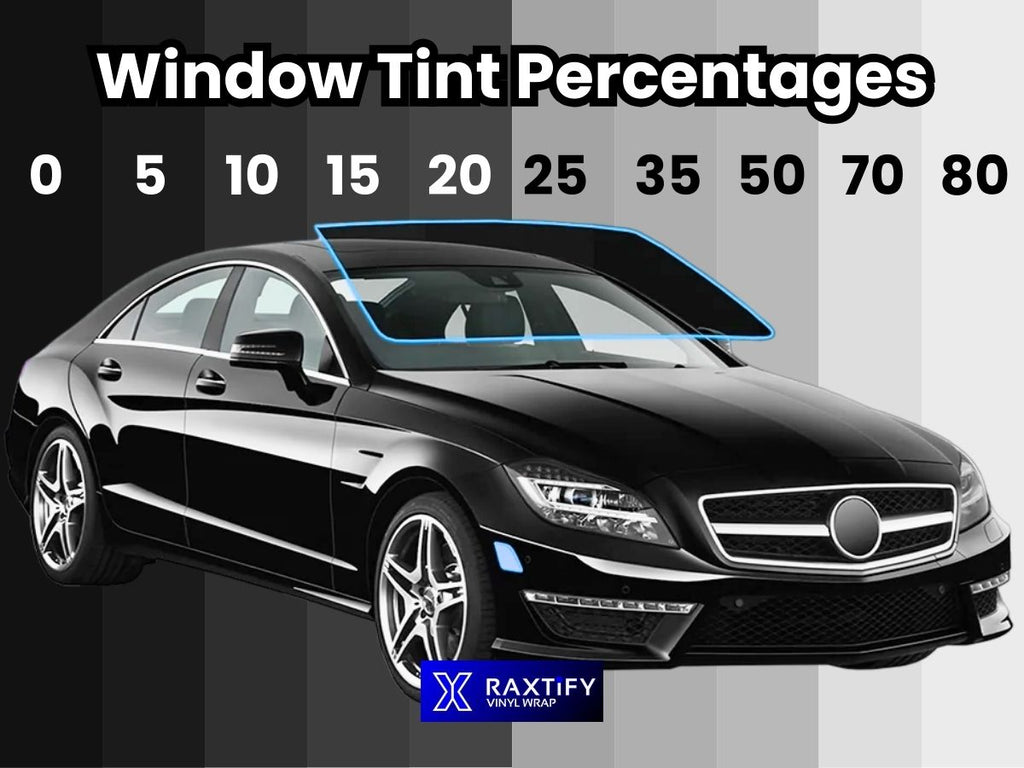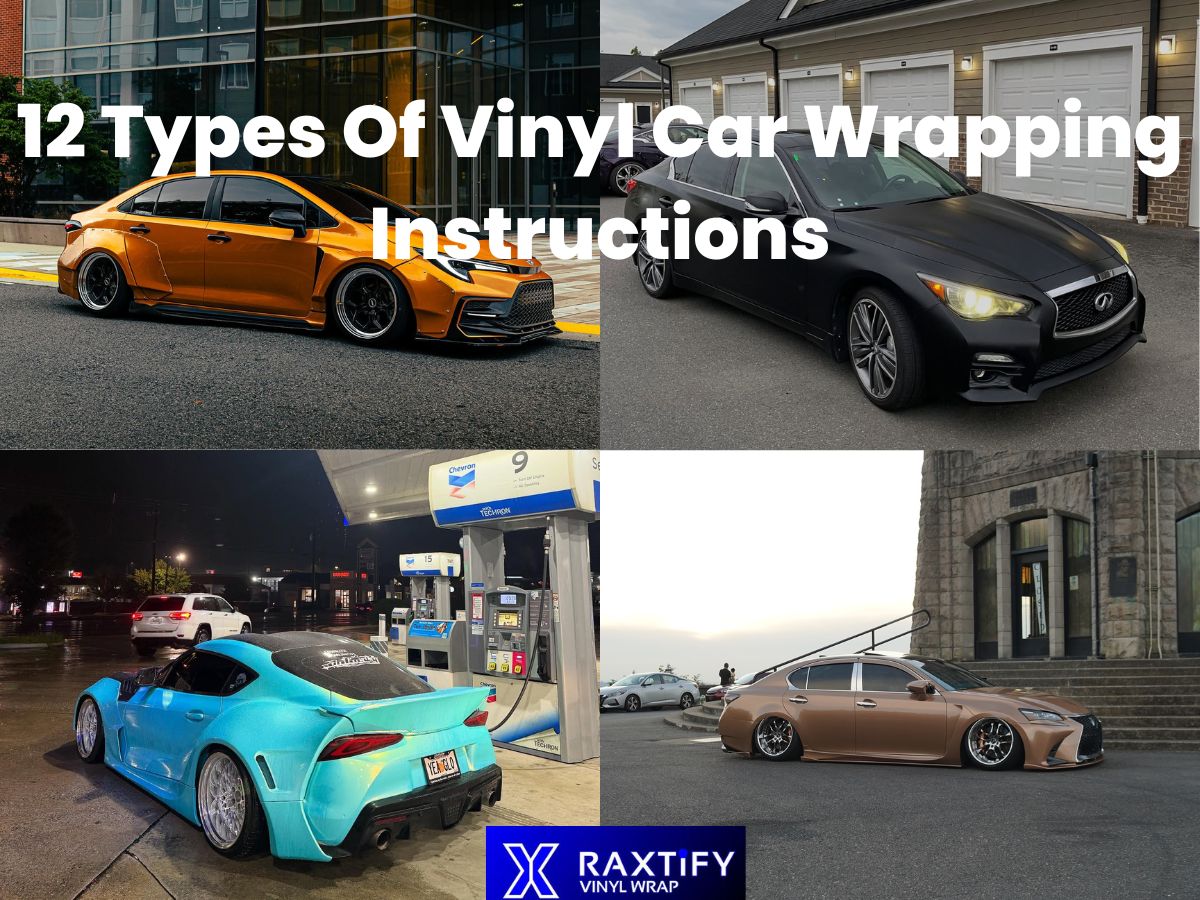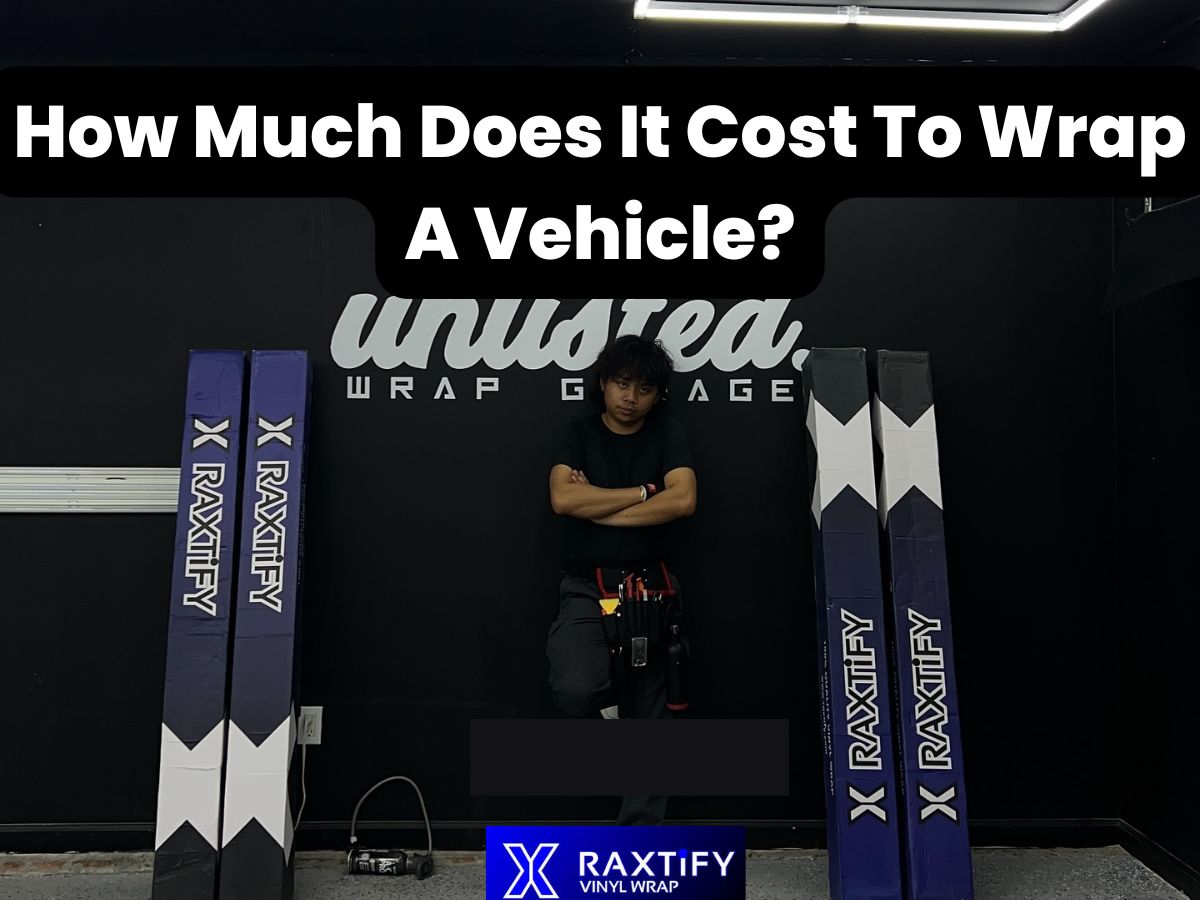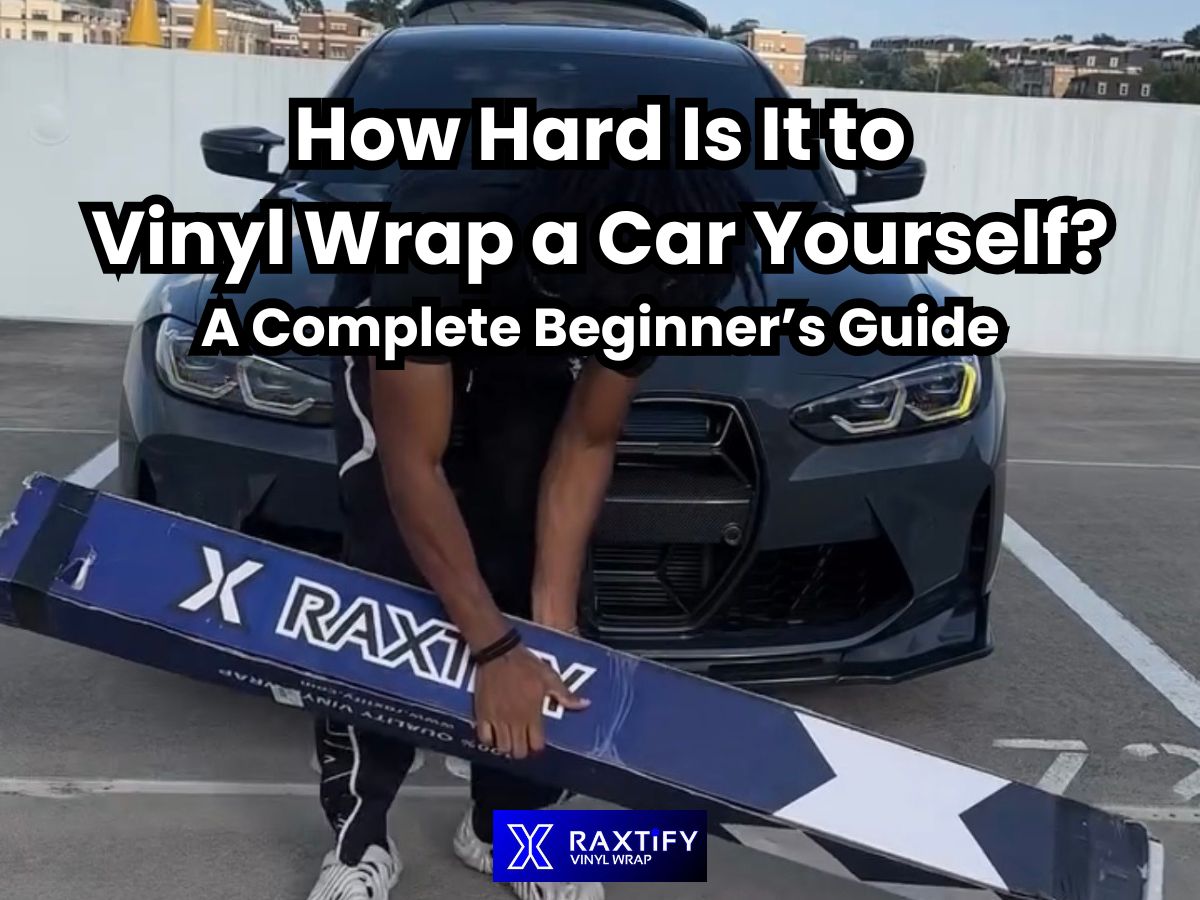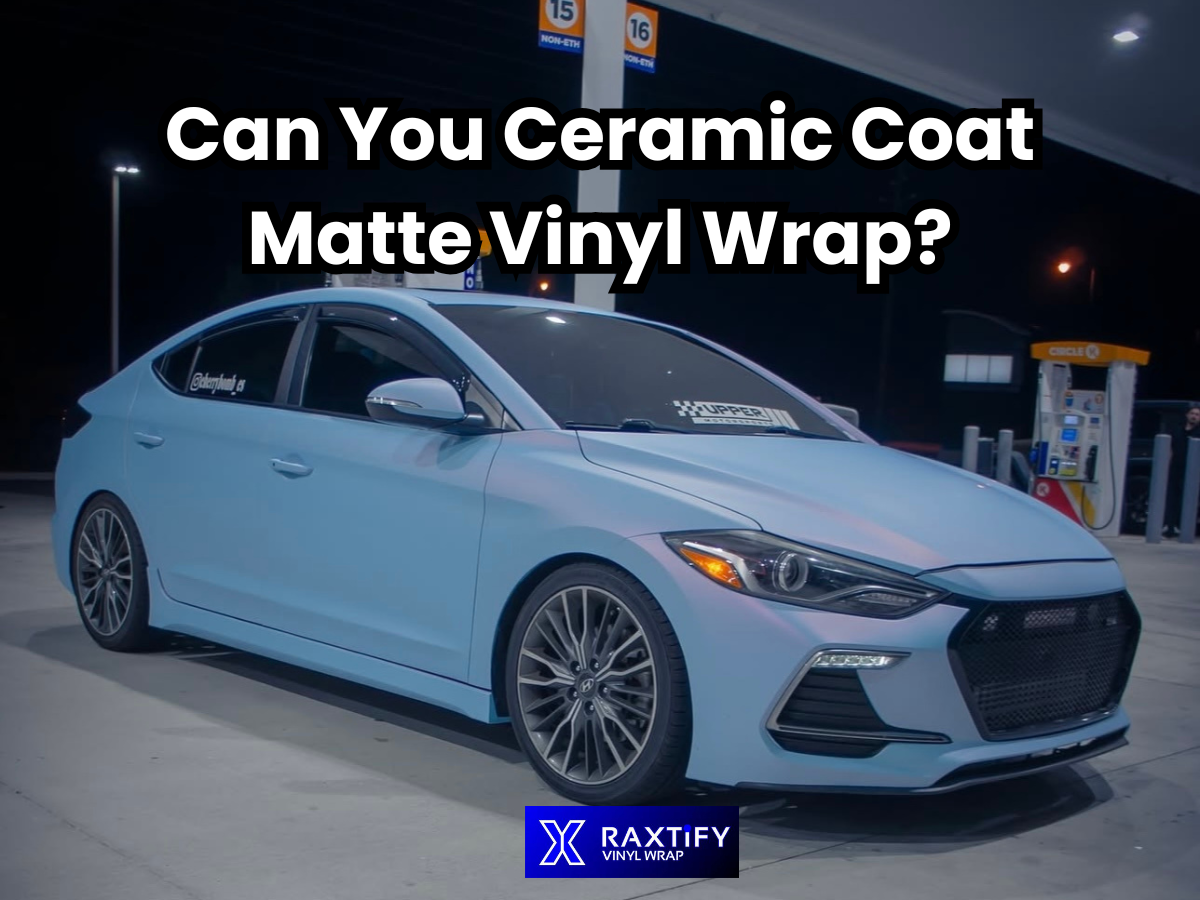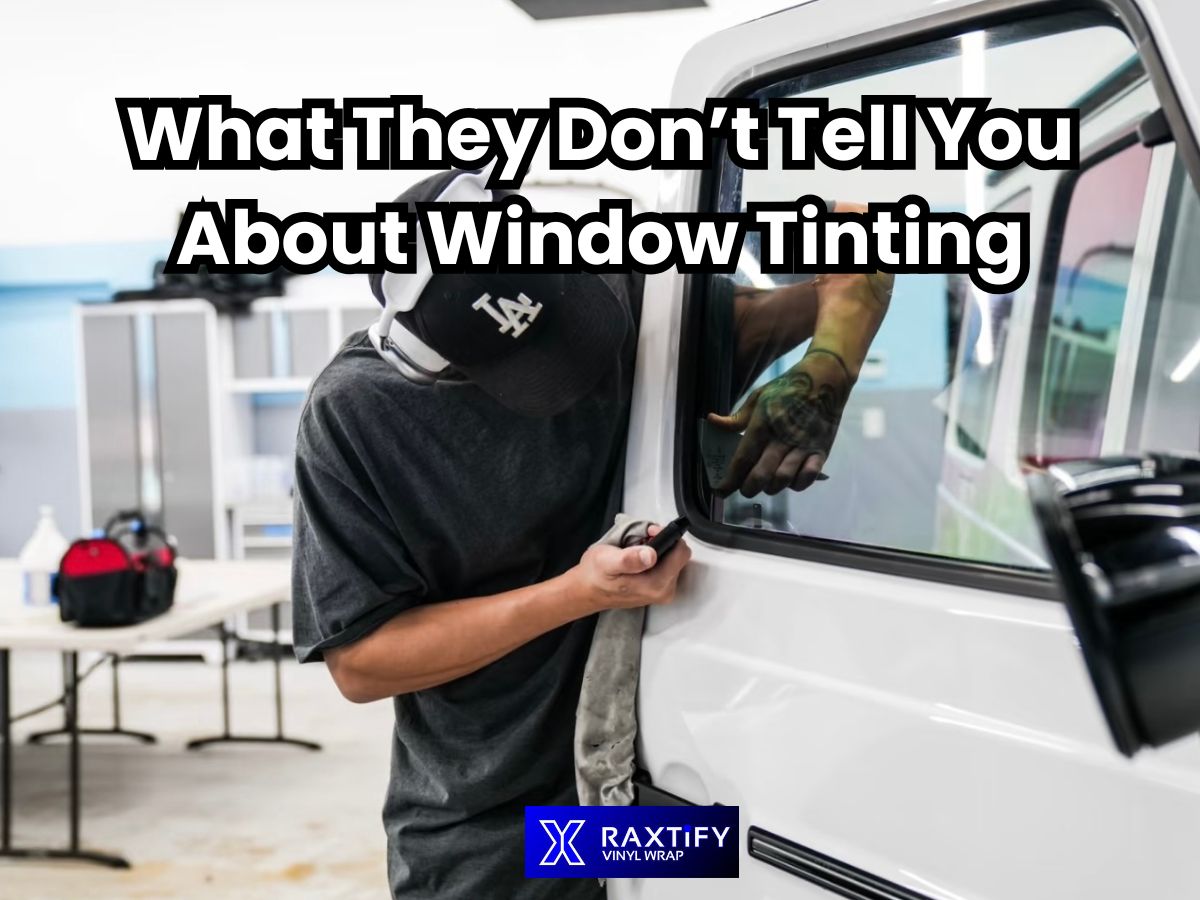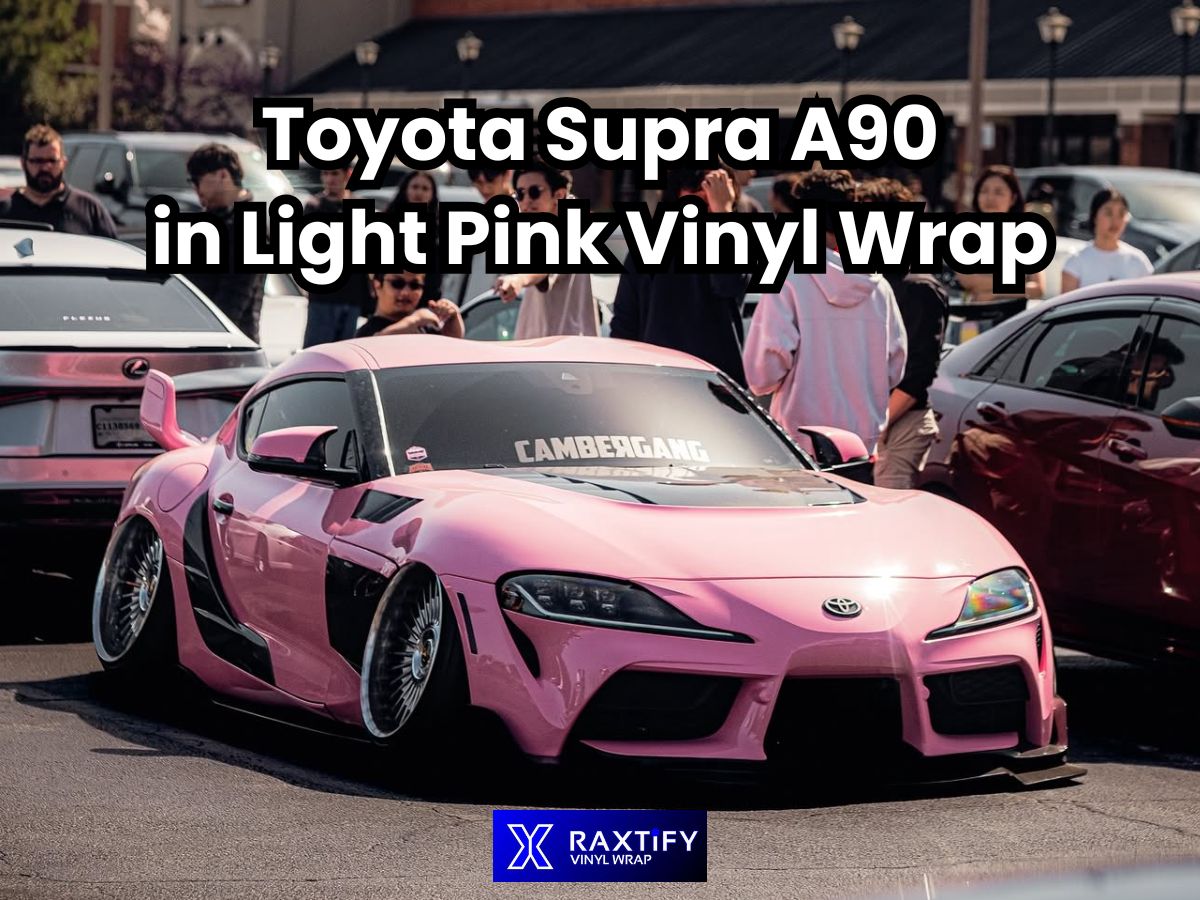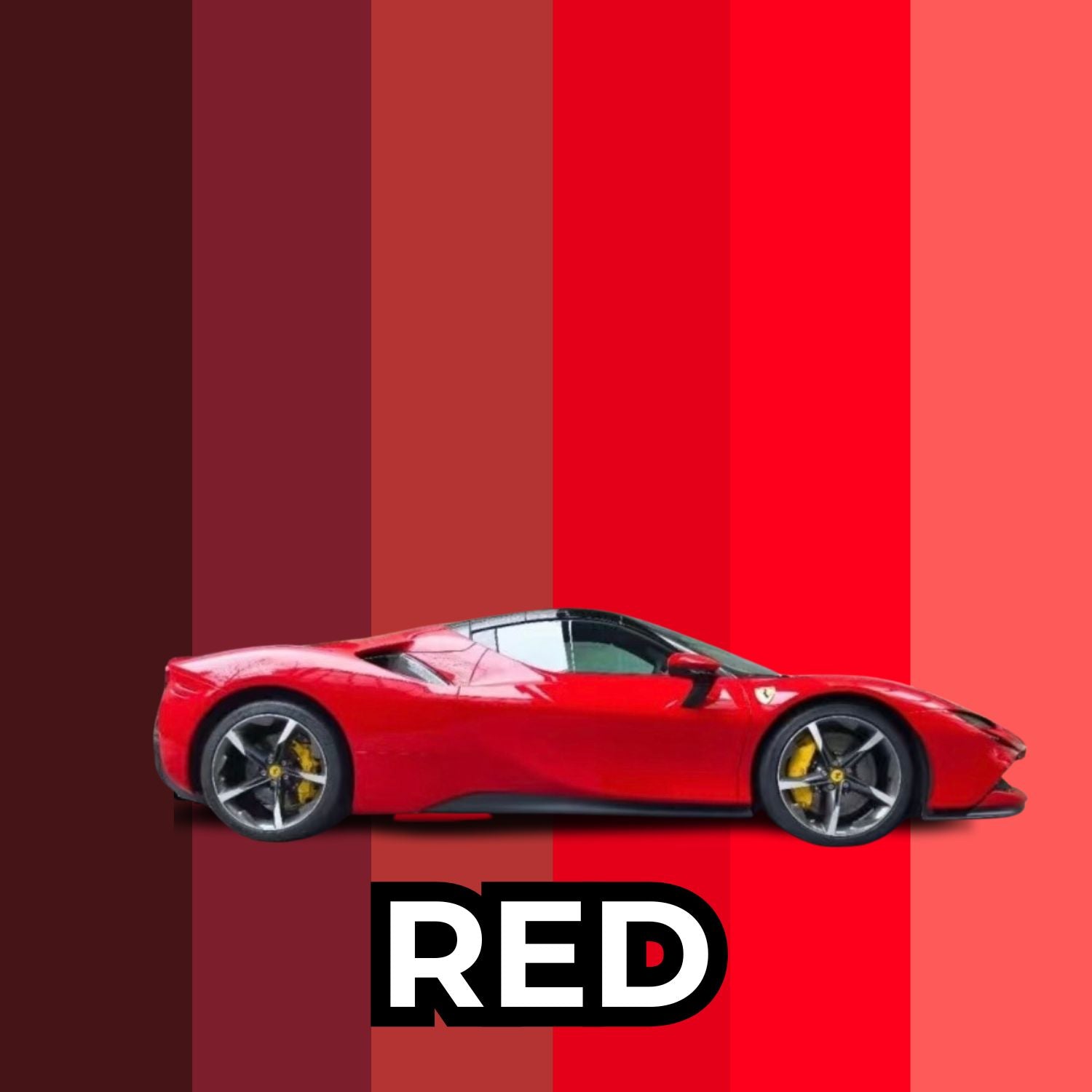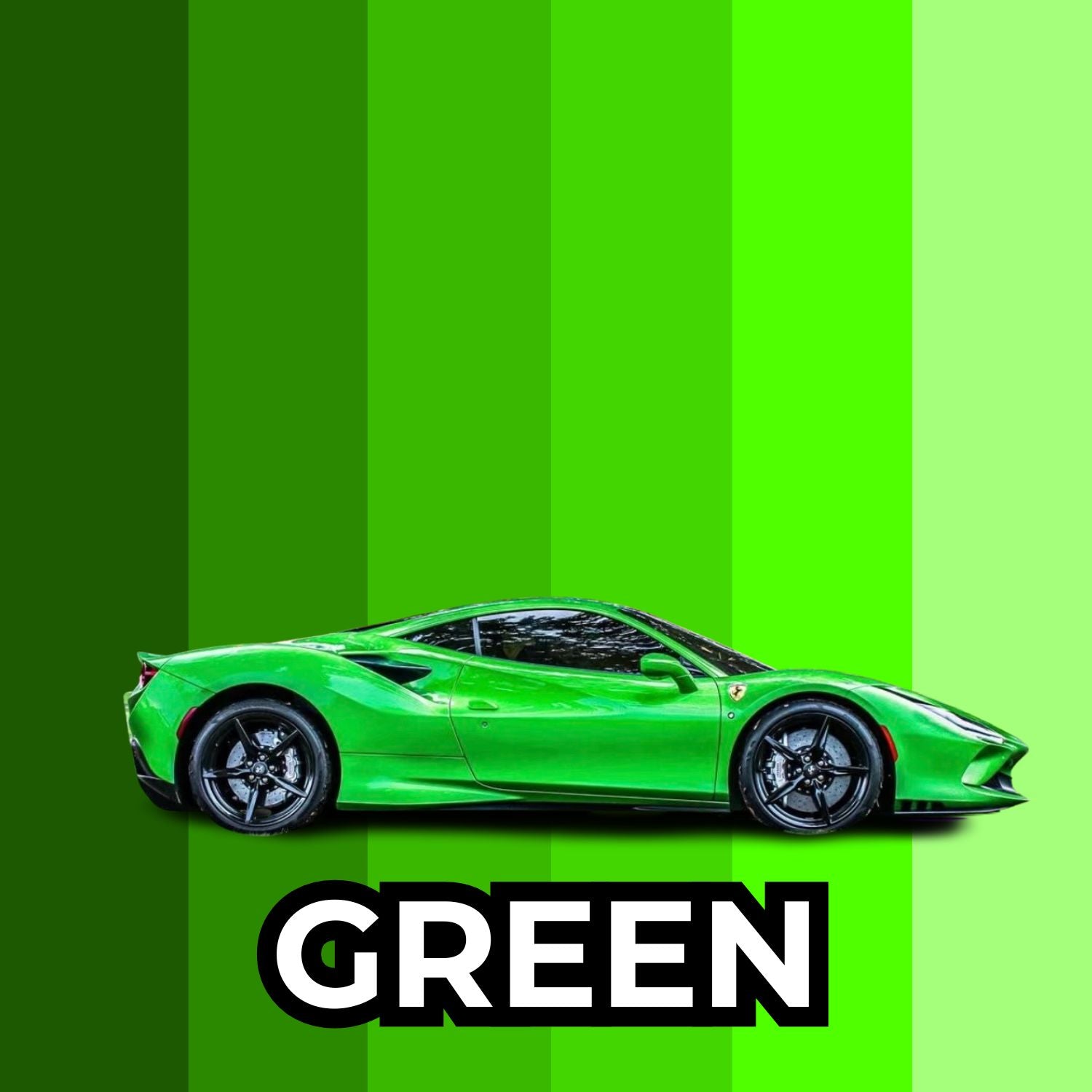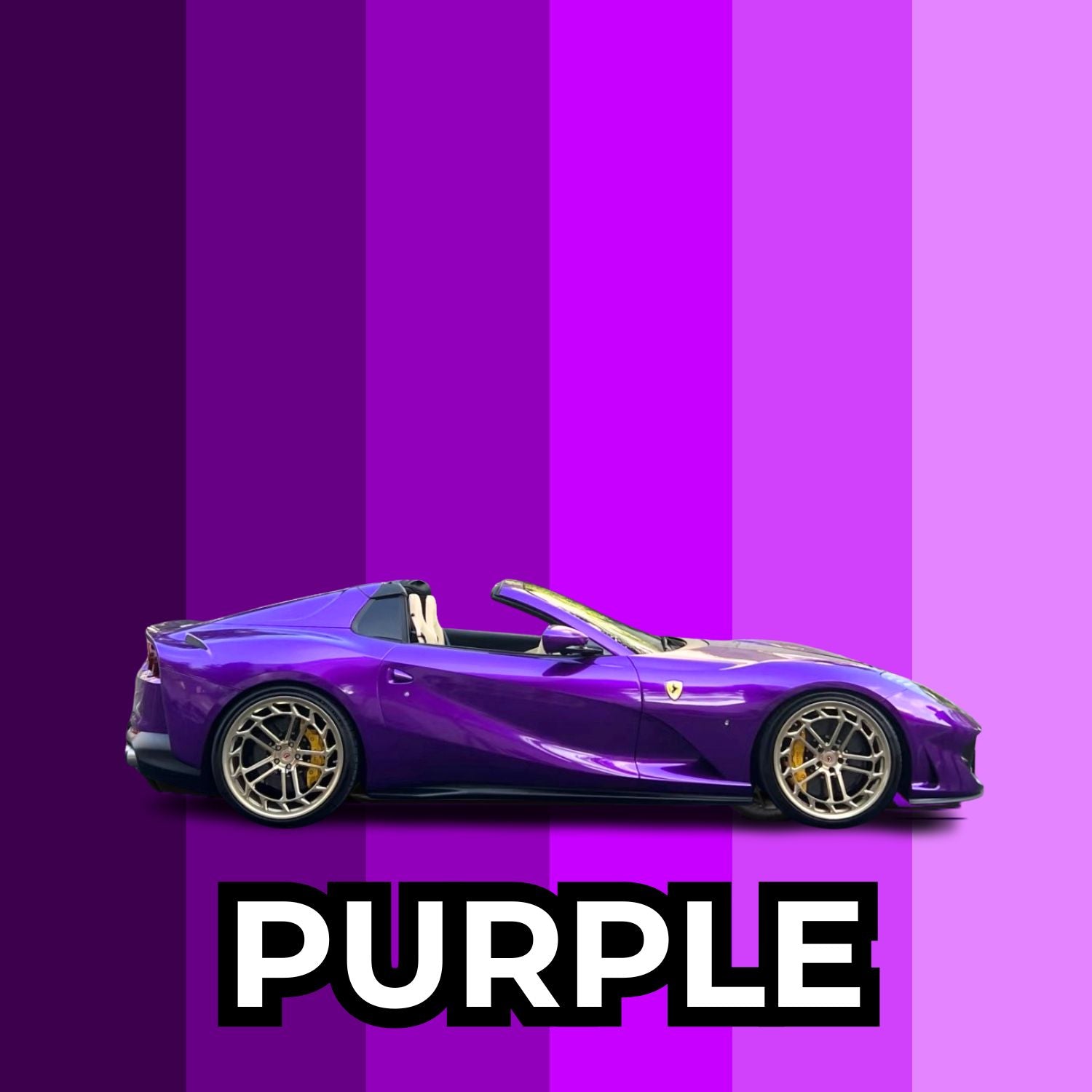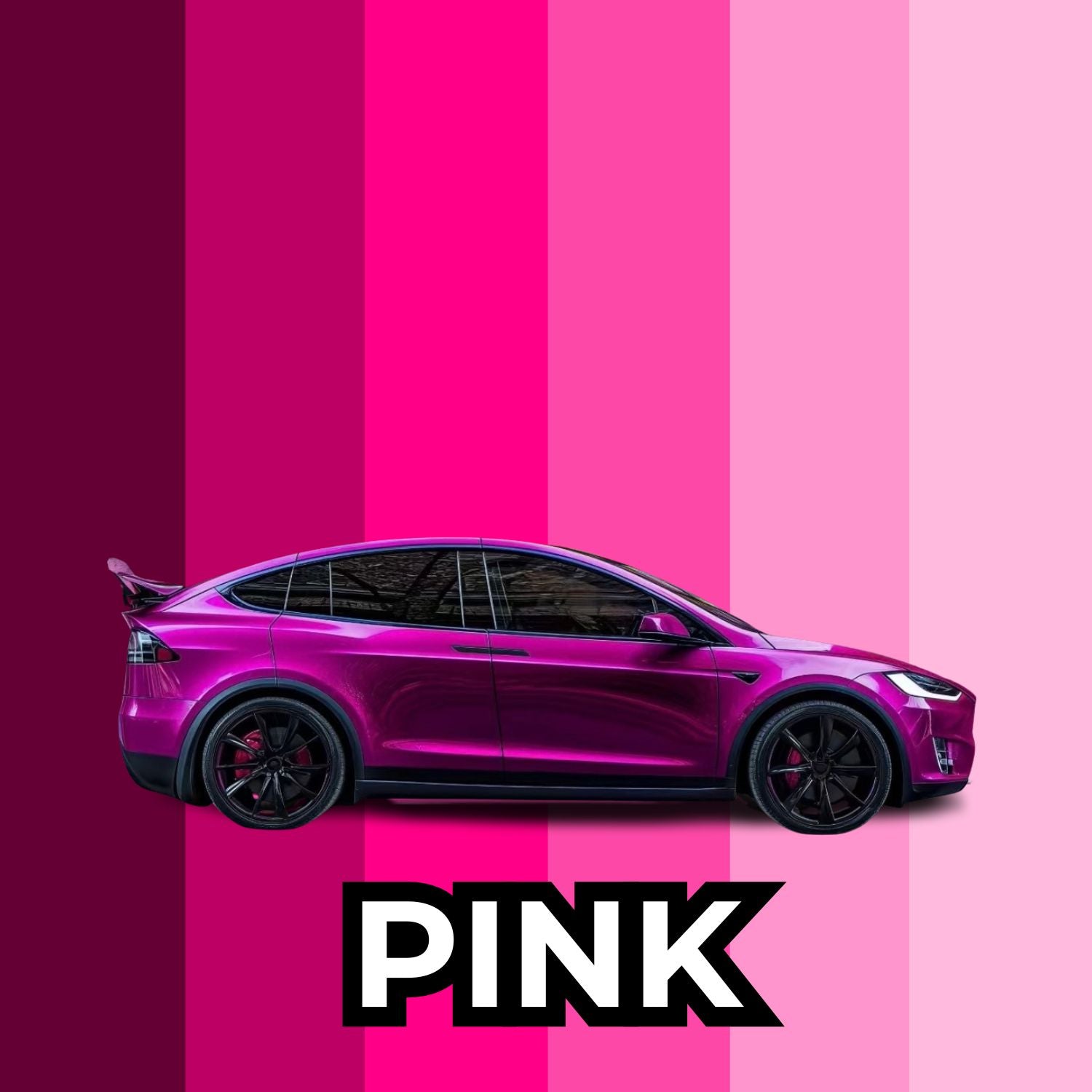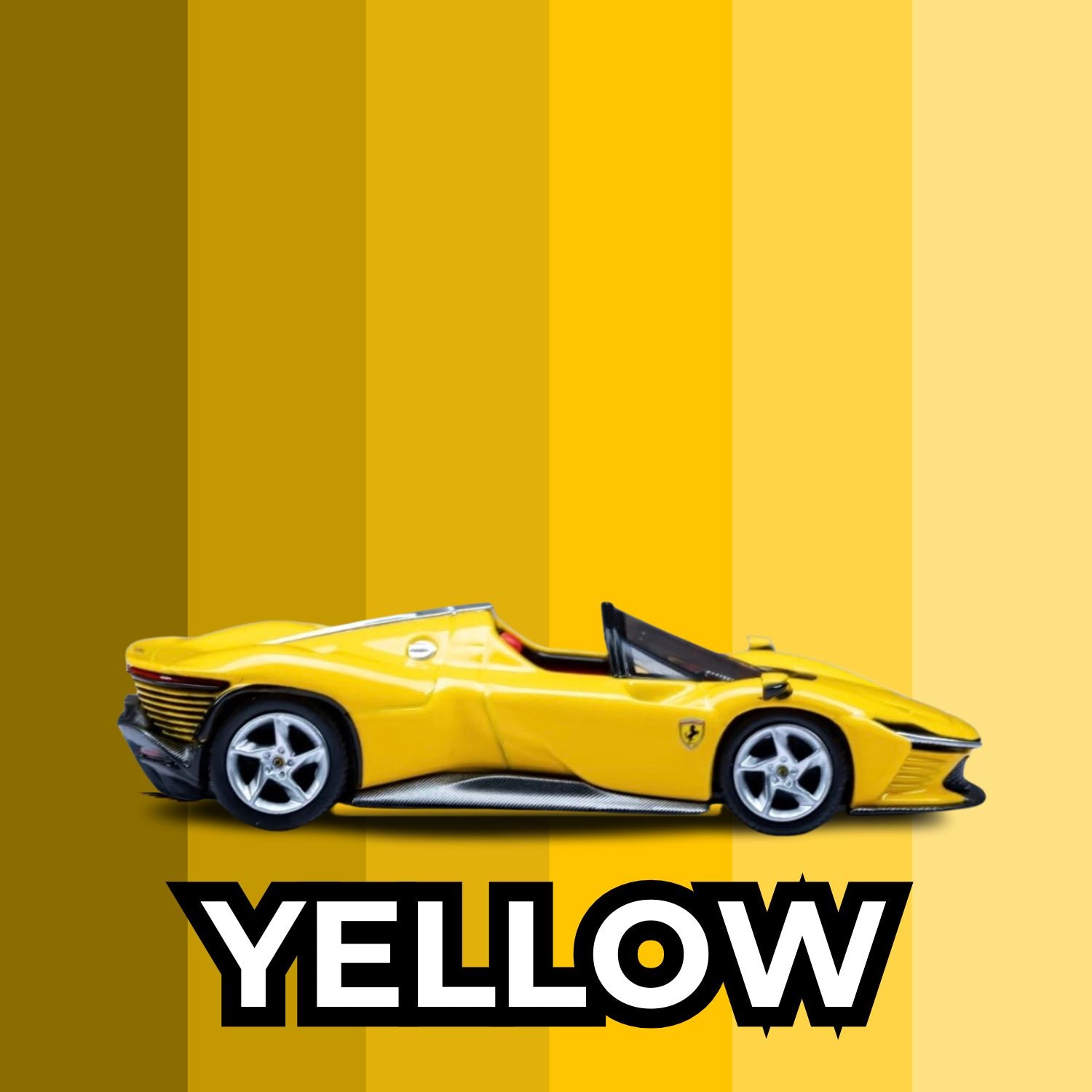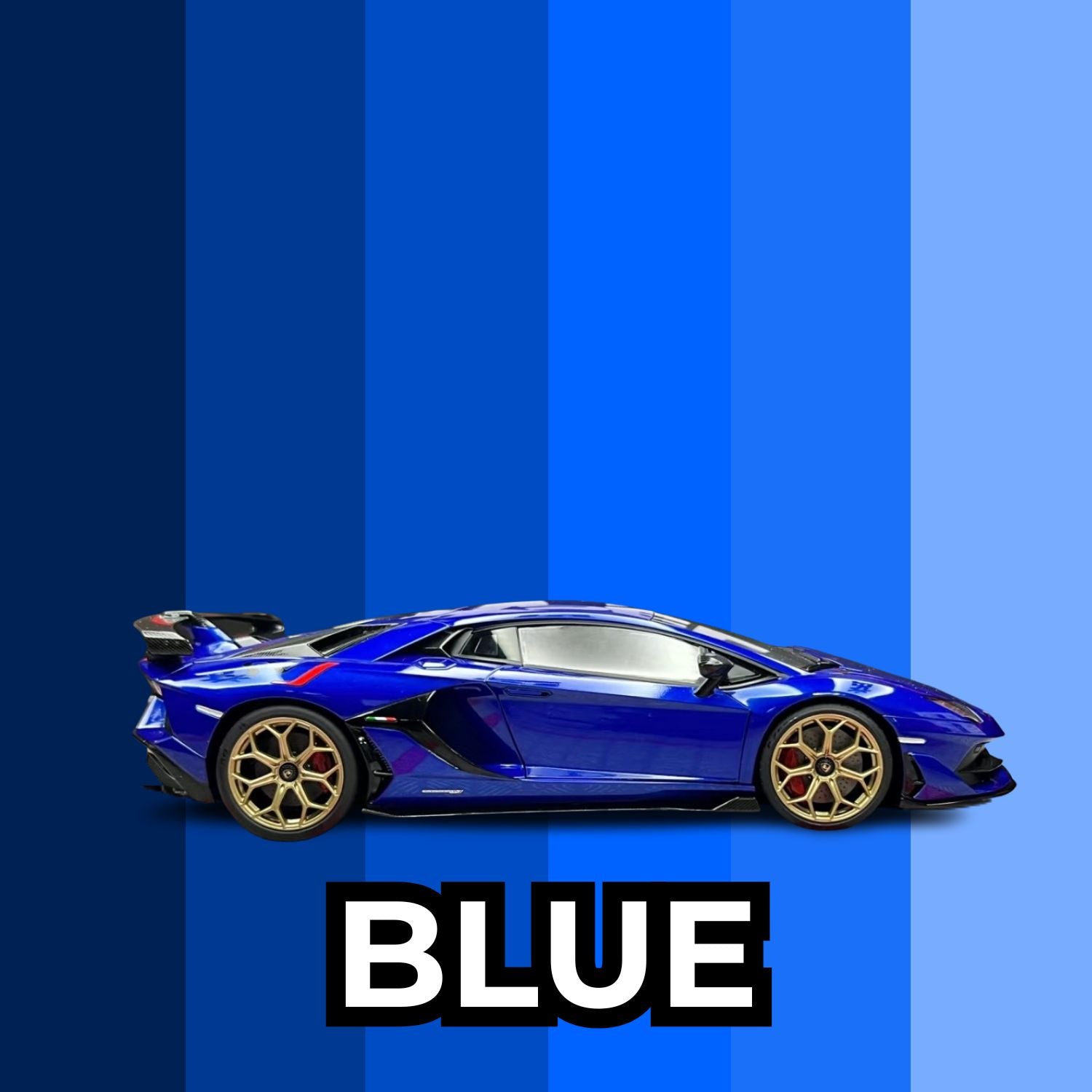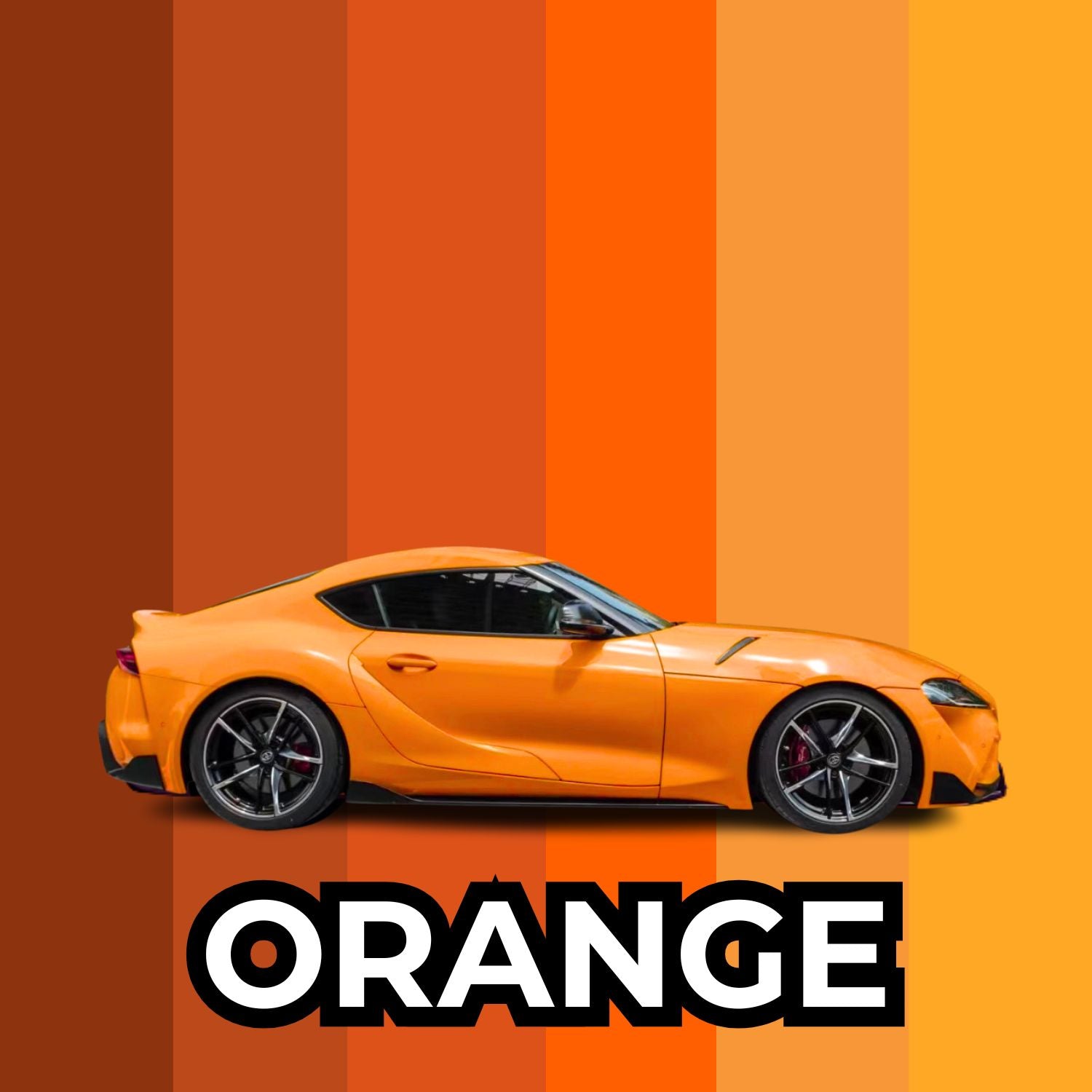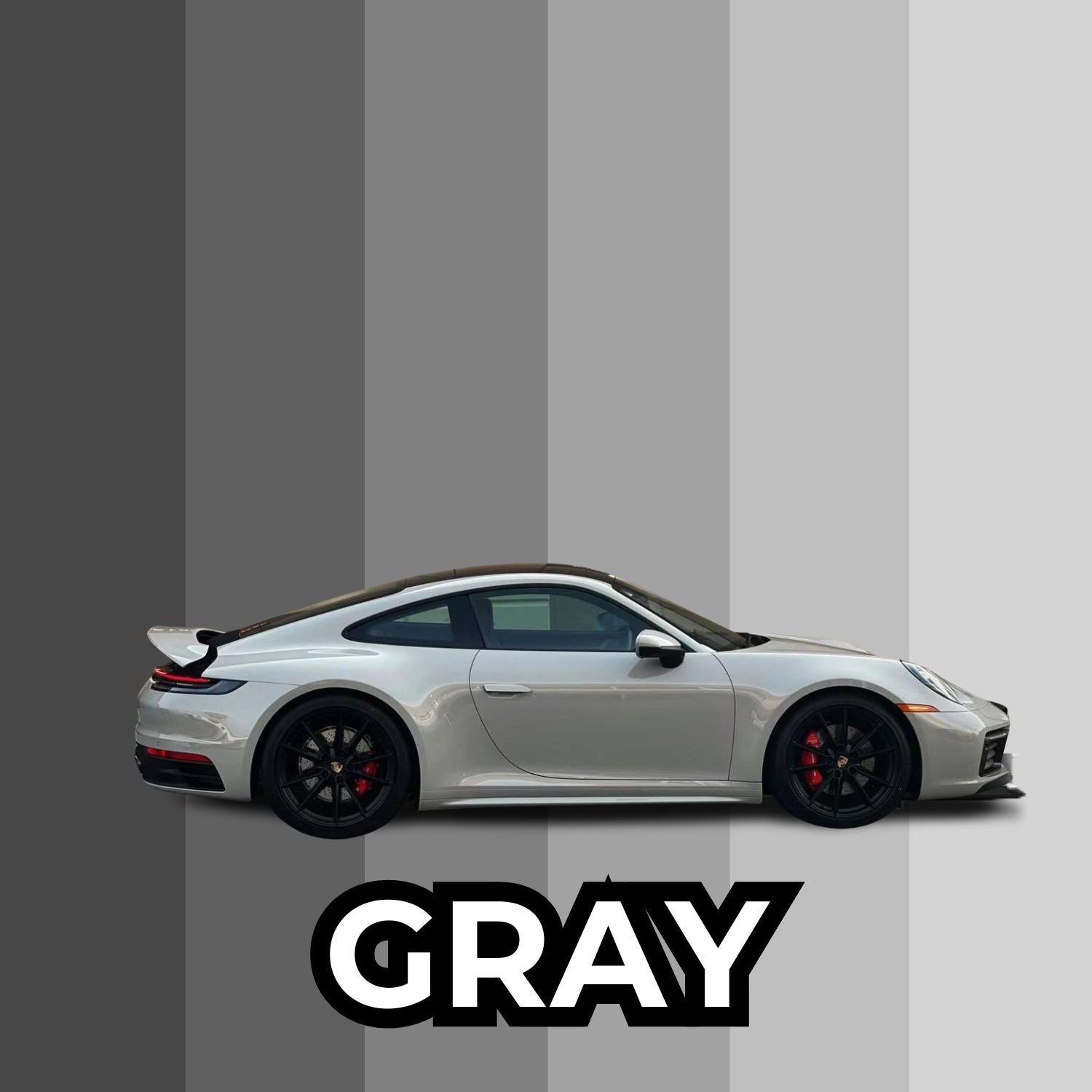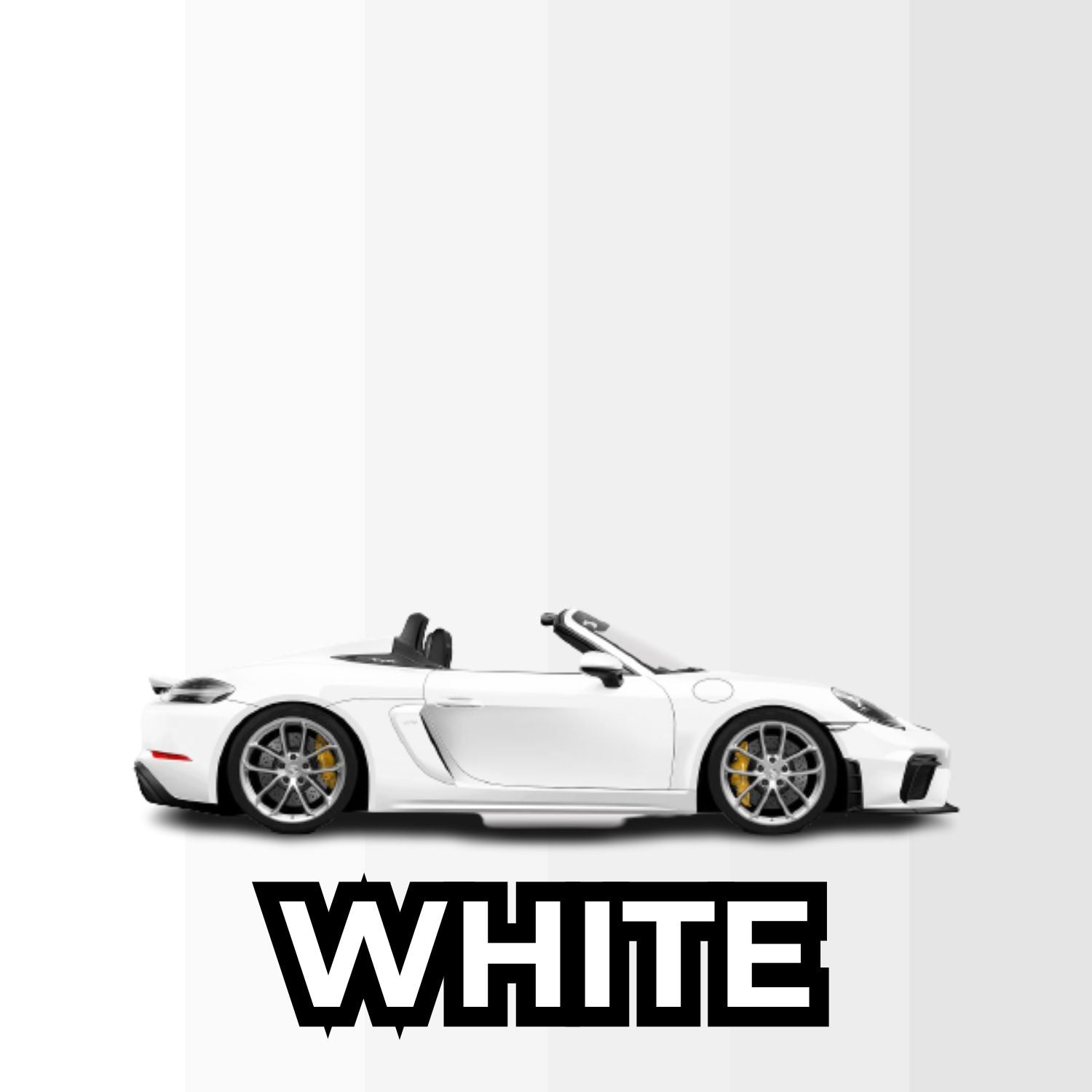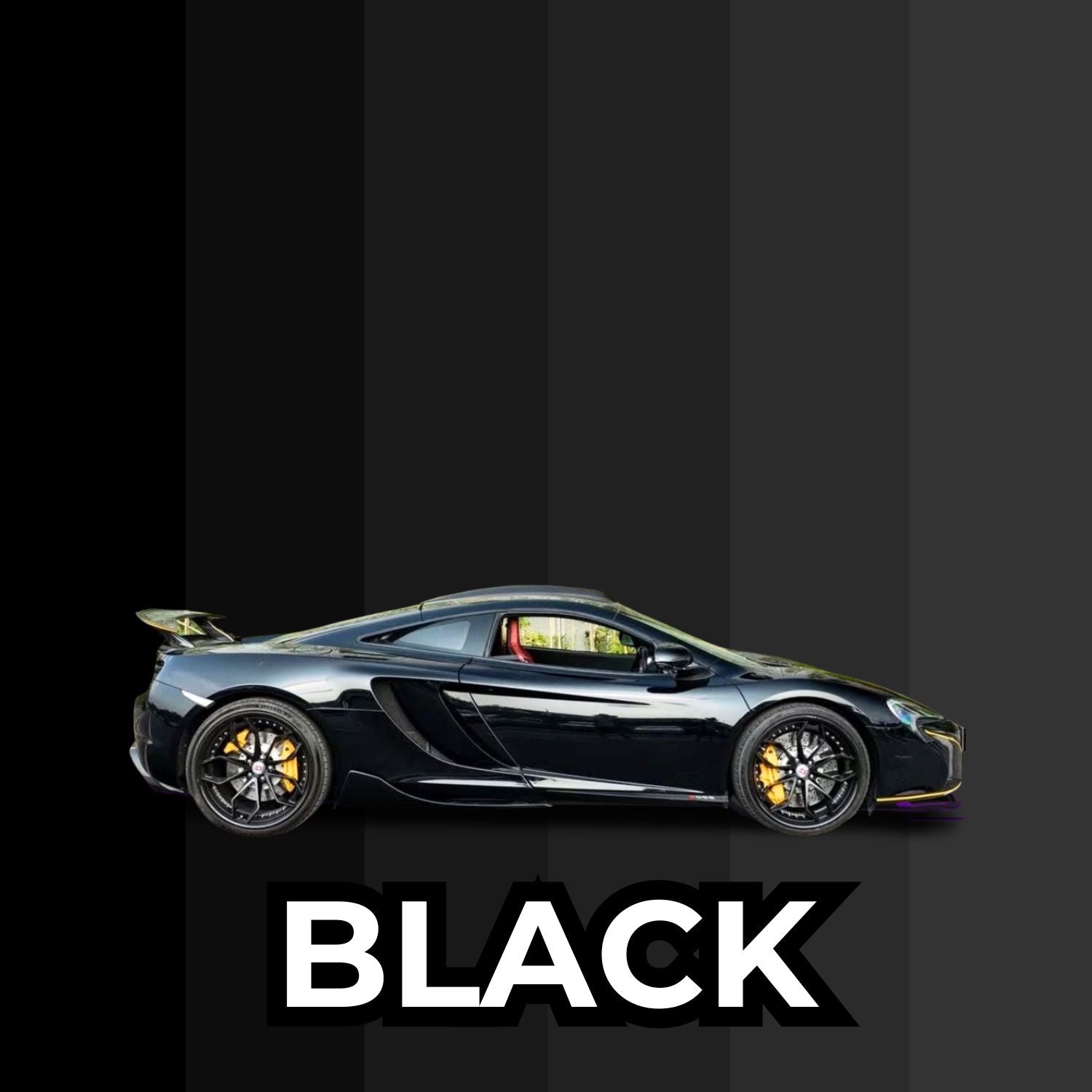Introduction
Individuals that desire to tint the windows in their vehicles must know the various percentages of window tinting. You need to know Visible Light Transmission (VLT) percentages to be selected to a large extent.Being a rather broad choice, it may be difficult to pick the correct tint level when one is first getting used to car customization. Which of them should I prefer, a darker color or a light one? Which VLT percentage is the most suitable one on my face? The appropriate information will also enable you to make your decision with confidence.

Various degrees of window tint can be selected to the car to get the desired appearance, ensure privacy and still attain necessary safety and performance requirements. The tint of the window is not only beautiful, but also serves the useful purpose of filtering out the dangerous UV rays, and also prevents overheating of your vehicle during the sunny days. This guide is going to detail what window tinting percentage is, and the important advantages of having it in a vehicle.

Knowing the Window Tint Percentage Is Important
The most important concept in getting the idea of how the tinting of the window works is the percentage of the tint. The percentage is the Visible Light Transmission (VLT) showing the amount of visible light that passed through the tinted glass.
In an example, a 25 percent tint would only permit 25 percent of exterior light that is outside to pass through thereby making the window remarkably darker than treated glass.
The window tints are normally provided in 5%, 15%, 35%, 50% and 70% VLTs. To keep in mind: the smaller the percentage, the more intense is the tint. A 5 percent tint causes the window to be very dark with only 5 percent of light coming through on the other hand a 70 percent tint lets in a lot more light say 70 percent. This line supports various requirements and tastes, be it stylish look, lower glare or privacy.

What You Need to Know About Window Tint Percentages
Legal regulations, safety, and your likes and dislikes are examples of considerations to be made before tinting your car windows.
Legal Problems
There are laws in various states and countries to control the nature and darkness of window tints. In such cases, these laws normally state the allowed tint of the front windshield, front and side windows, and the back windshield. These rules are very important to know and adhere to in order to avoid paying fines or other legal problems.
Common Tint Limits
In most states of the United States, the legal limit of front side window is approximately 50 per cent VLT. On rear side and back windows 35% VLT is usually permitted. These are guidelines in general and one must always verify the exact tint laws in his state before installation.
Safety Issues
Oftentimes tinted windows will decrease visibility, thus making it difficult to see what is occurring on the road. Cell phones have been the most common distracter of drivers but excessive dark colors may also narrow your sides and may expose you to accidents; more so during low-light periods.
Visibility
This can be caused by having too much darkness before your windshield or front side windows thus cannot see very well at night. Traveling on the roads that are dark can complicate the ability to see pedestrians, vehicles or potential risks.
Benefits versus Safety
Select a tint that does not violate the local laws and yet allows adequate visibility even after the sun is down. Professional installation of your tint will allow one to be sure that it is safe and properly installed.
Darker tints minimize contact with the dangerous UV rays and provide some privacy as well as increase the beauty of your car. In conclusion, your decision must be well-informed and smart enough to balance between style, safety, and the law.
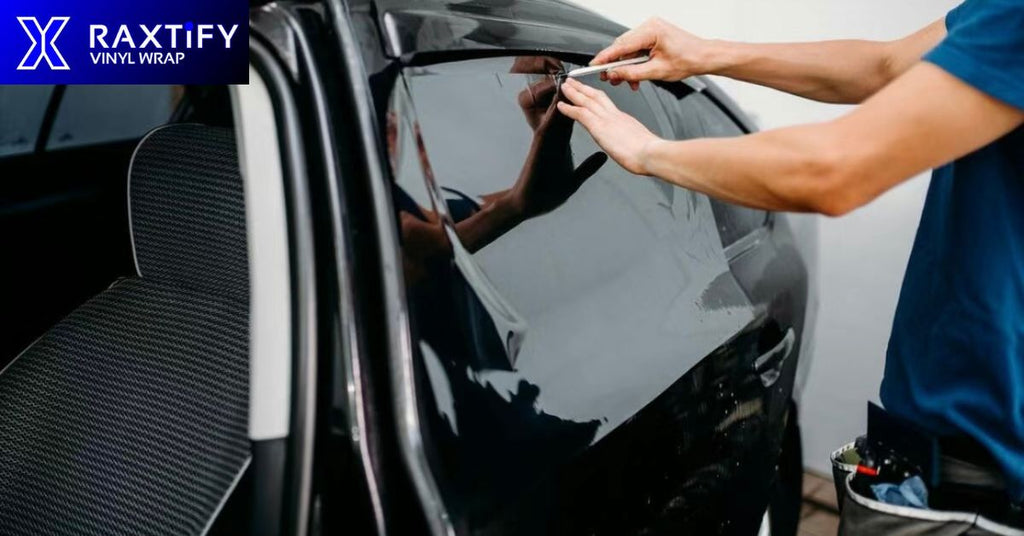
What Window Tint Percentages Offer and Why They Are Useful
When selecting a tinting percentage of windows in your car, you have to know what you are getting with each percentage. These ratings are commonly known as VLT which is Visible Light Transmission. The VLT value is used to identify the amount of visible light that will be transmitted through the glass (that influences glare, visibility, heat rejection, and privacy). We are going to discuss some popular tint levels, their characteristics, and the way each of them will influence your driving experience below.
80% Window Tint – Light Appearance and Is Hardly Visible
- Light and Subtle: This is permitting a large amount of natural light to enter with a minor glare reduction.
- Advantages: almost invisible look, UV protection and clear visibility.
- Best For: Front windshield and drivers that want the look of factory (where legal).
One of the lightest choices is the 80% tint. It provides sun protection without altering an original appearance of the car. This high-transmission tint helps to block the harmful UV rays and other small glare as well as being almost transparent, this is ideal to those drivers who would only like a slight tint of shade in their windows without darkening their windows significantly.
70% Window Tint – Clear Protection
- Slightly Darker: Lighter in color than 80 and has a greater UV block and better glare control.
- Advantages: It aids in reducing the interior temperatures and prevents the fading of the cabin.
- Best For: Best when used as a front-window experience in most states in the United States of America.
A 70 tint will allow approximately 70 percent of light to pass through and prevent the rest 30 percent. It has adequately lowered heat and glare that can keep your cabin cooler and your air conditioner running less which can just marginally enhance fuel efficiency. This is a shade that is very visible and at the same time provides the car with a smoother, clean appearance.

50% Window Tinting – Fitting for Both View and Being Comfortable
- Balanced Option: Finds the optimal compromise between clarity, comfort, and protection.
- Advantages: Blocks the intensity of the sun and blocks UV rays that harm your eyes but do not affect your sight.
- Best For: Drivers who are long time on the road and would not care about sacrificing comfort to visibility.
A half tint can be used to get half the sunlight into the building, and the visibility is good without much glare. It prominently makes it more comfortable as it will cut down on eye strain and heat indoors. This level of tint is allowed in many states, however, it is always smart to check your jurisdiction.

35% Window Tinting – Popular and Practical
- Popular Choice: Has sleek look and good heat and glare control.
- Advantages: It lowers the amount of glare produced, shields against UV rays and provides your vehicle with a smooth, contemporary appearance
- Best For: side and rear windows where a darker shade is desirable.
Car owners like the 35% tint, as it is found to have the best balance between visibility and privacy. It reflects over half of the sunlight and thus keeps the cabin colder and reduces the use of AC. It is black enough to be fancy and at the same time light enough to drive at night. Confirm that it is allowed by your local laws on front windows.

25% Window Tint: the darkest shade of film.
- Dark Appearance: Provides the utmost level of privacy and a striking appearance.
- Advantages: Cools significantly the interior, is more stylish, and less glare.
- Best For: Speaks to drivers who value their privacy and appearance, and is possible by local laws.
The tint that permits only a quarter of the visible light to pass is called 25 percent, and since sunlight mainly contains visible light, it blocks approximately three-quarters of it. It offers excellent privacy and heat rejection but has the ability to make it less visible during low-light situations like at night or on cloudy days.This darker shade always make sure that it meets your state regulation before it is installed.
20% Window Tint – Factory-Like Finish
- Level of factory tint: This shade is of the most ordinary SUVs and pickup trucks with their factory models.
- Advantages: There are high levels of privacy, reduced glare and cabin comfort.
- Best For: It is the rear windows and when privacy is a consideration.
A 20 percent color permits the entry of only a fifth of external light, and prevents some 80 percent. Besides improving the level of style, it provides a good shield against the sun and prying eyes. Since it is very dark, it will greatly lower visibility during cloudy days or night hence most laws do not allow 20 percent film to be used on the front side windows. The legal front window minimum of VLT is about 22% in most states in the U.S. Be sure to verify each state regulation prior to installation.
15% Window Tint – Strong Privacy and Heat Rejection
- Conspicuously Dark: Offers a high degree of privacy and high level of heat rejection.
- Advantages: Hides valuables that are in your car and it cools down the inside of your car.
- Best For: Cargo areas and rear passenger.
A 15 percent tint allows approximately 15 percent of the visible light to pass through the tint which excludes the other 85 percent of the light. It is so dark in color that it is virtually impossible to peep through it, but it also serves to reduce sun glare and headlight reflections. Tint laws vary by state; therefore, check the local limit to apply this level to guarantee compliance.

10% Window Tint – Maximum Privacy On the Road
- Very Dark Tint: This shade is nearly opaque to the indoor, even on the sunny day.
- Advantages: The highest level of privacy, the best level of UV protection, and good glare management.
- Best For: Rear glass used on the vehicles that have to be totally confidential.
Having a tint of 10 percent, one-tenth of the sunlight passes into the cabin and the rest of the 90 percent is blocked. This offers all but complete privacy and good protection against the sun, yet the sight out of the inside is hampered--at least at night. The world outside the car is low-resolution and a bit blurry as seen through the window of the driver seat. Apply this color in areas where there is a high need of privacy and where it is not a legal problem.
5% Window Tint: The Elite Choice
- Ultra-Dark: This shade is what is referred to as limo tint, and it lets through very little light.
- Advantages: 100 percent privacy, unsurpassed glare suppression and excellent UV protection.
- Best For: Limousines, personal cars or back window areas where one does not have to look out of the window.
- Note: In most states of the United States, it is illegal on front windows.
A 5 percent tint prevents approximately 95 percent of the incoming light, and this is the most private that can be attained. Outwardly, the inside is hardly visible, a fact why it is the limo standard. This color not only causes a strong decrease in glare caused by the sun and headlights, but it also reduces the amount of heat in the interiors and protects against UV rays, which are harmful to people. It makes the car look smooth and high-end as well. Due to the differentness of laws, it is best to verify your local limitations before wearing this shade.

0% Window Tint - The Total Blackout
- Opaid Effect: Scatters out all visible light.
- Advantages: Complete privacy and complete UV and heat rejection.
- Best For: Display cars or off-road and special-purpose use (illlegal on the streets).
A tint of 0 in turn referred to as the blackout film will not permit light to enter through the glass. It provides total privacy and maximum UV protection that safeguard the passengers and interior materials against damages. Lack of visibility, however, makes it unfit to be used in normal traffic. Due to this, the majority of states do not allow 0% tint on any window with 4-wheel vehicles. A color that will give maximum privacy without jeopardizing safety or legality should always be selected.
Deciding on the Right Shade of Window Tint for Your Vehicle
To optimize the right window tint percentage, it is necessary to consider the best balance between visibility and UV protection. Nearly all states permit approximately 50 percent VLT of the driver and front passenger windows, with rear side and back windows frequently being darker- typically less than 35 percent VLT. The reason why this level is so popular is that it provides a good combination of privacy, protection, and clear visibility. Although darker ones are more private and heat rejection is better, always check with the law of your state on the window tints law before installing them.
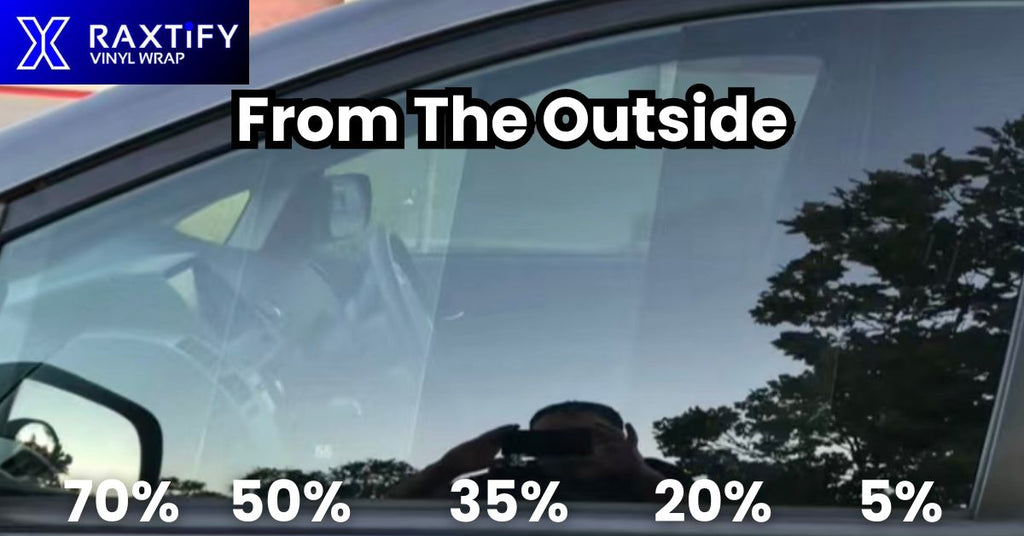
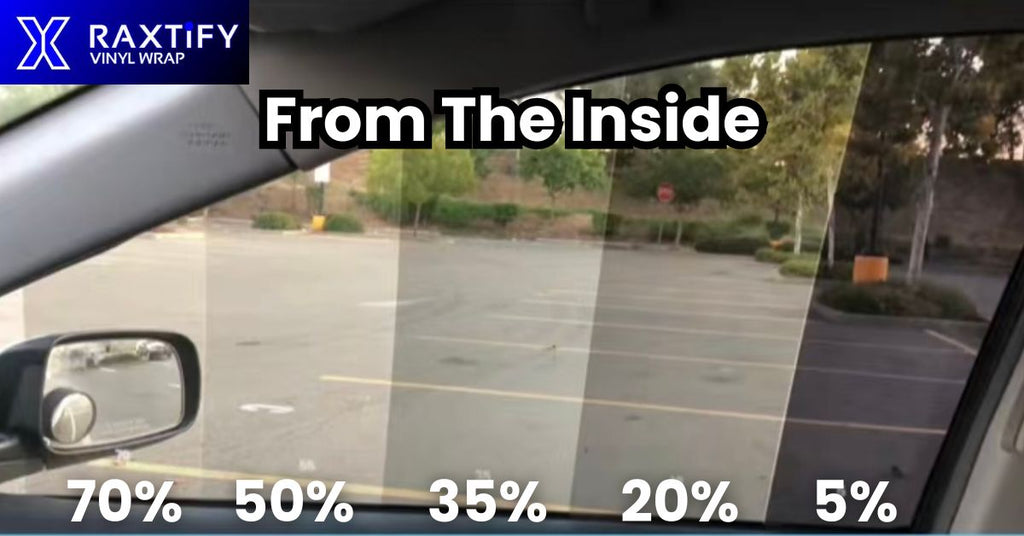
Learning About Determining Tint Percentage.
It is easy to select the shade of tint in untreated windows of a car. But when your car already has dark tinted windows, then you will have to test the darkness of your windows first before adding more dark film.
The VLT of the new glass is obtained by multiplying the VLT of the factory glass by the VLT of the new film.
Example: Glass in factories passes through 60 percent of visible light and the tint film has VLT of 50.
60% × 50% = 30% total VLT
This implies that the completed window can only admit 30 percent of visible light through it - which or may not be within the rules of the state regarding tints.
The question to ask before installation is always to check the light intensity or darkness of your windows. To be on the safe side, go to an expert tint installer. There is a tint meter which can be used to check your present VLT and they can assist you to select a film that is more to your style and not exceeding legal boundaries.
Exploring the Spectrum of Window Tint Hues
Tint films that are used on windows are available in a vast variety of colors and shades, so you can be able to customize the appearance of your car and increase comfort and protection. With classic black, which is a favorite choice due to its great UV protection and the highest degree of privacy, and more bright shades like blue, bronze, charcoal, gold and gray, there is a shade to fit all styles.
Tints in blue and chameleon style have gained popularity especially since they do not only look good but also offer excellent heat and UV protection. At the same time, the tones of gray and charcoal provide the slick look of a factory that will make any vehicle look timeless and classy.
At RAXTiFY, we have the high-end of heat-rejecting color-shift films to offer you a mix of performance and appearance:
75% VLT Heat-Rejecting Color Shift Purple Window Tint Film: clear glass with slight purple iridescence; front or panoramic glass.
70% VLT Heat-Rejecting Chameleon Blue-Yellow Window Tint Film: This product is a dynamic color changing film which varies in color depending on the angle of light but still leaves your cabin cool.
20% VLT Heat-Rejecting Chameleon Dark Purple Window Tint Film: Deep and dramatic, reaches maximum privacy and maximum boldness.
Always check the laws of your state concerning window-tint colors prior to choosing a certain color as some colors or certain amount of reflectivity can be prohibited. In case you have the habit of moving in and out of states, you will ensure that you do not get in unwarranted fines and yet enable your vehicle to be the best in terms of appearance.
Important Concepts in Window Tinting
Knowing some of the important terms will enable you make better decisions as per the car window tint selected.
Visible Light Transmission (VLT)
The VLT percentage is determined by the amount of visible light that is going through the colored glass. The smaller the percentage, the darker and the less light that enters into the vehicle.
Shade Band
A single line of tint film placed over the upper section of the windshield. It assists in shading sunlight, glare that are visible by the driver without making the visibility of the driver less clear.
AS1 Line
This is a mark placed on the upper side of most windshields, which represents the legal maximum height to apply shade band, as defined by the manufacturer of the glass.
Tint Reflection
This is simply the shine or metallic coating on the tint which can alleviate glare and heat, but can be controlled in some states because of the visibility issue.
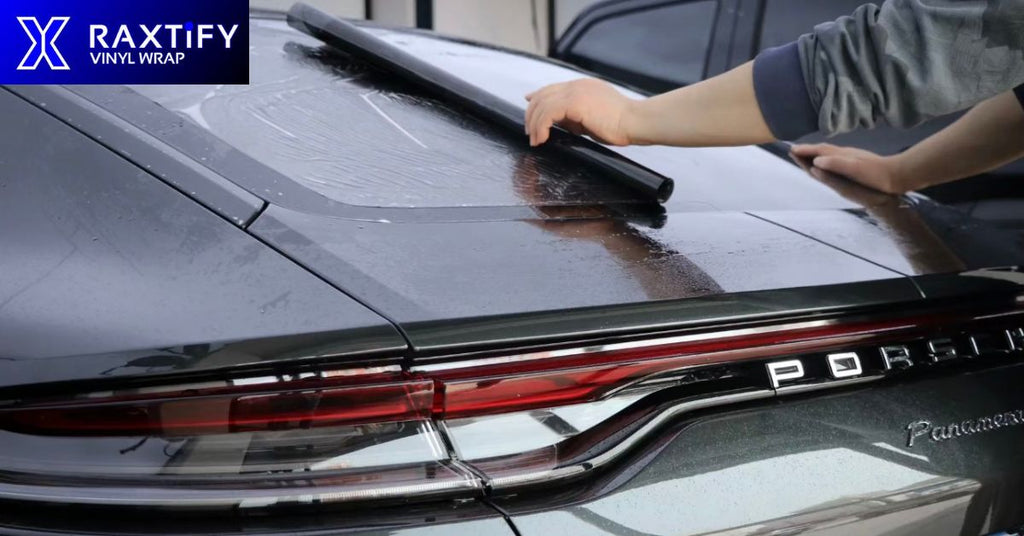
Frequently Asked Questions
Q1: Can I put aftermarket window film on top of my car’s original tint?
The films can prevent up to 99 percent of UV rays and reduce heat inside the house by as much as 35 percent to 60 percent. Although tinting from the factory is good, putting an aftermarket tint over it will make it impossible for strangers to see anything you have in your trunk.
Q2: What is the darkest hint of legality I can achieve through the tint of my windows?
A: You can find around 50% of total openness in the front windows of any building. For back and side windows, you generally cannot have more than VLT 35%. Your condensation tint is as dark as it can be which depends on which shade is legal for the state you live in.
Q3: What’s the maximum amount of tint allowed on front windows?
A: The transmission of light through your front windshield must be no more than 75% and the front side windows can let in no more than 70% light. Vehicles with tint darker than that are against the law to sell or own. If the installed tint does not meet these minimum requirements, then the seller and the owner of the car may be taken to task.
Q4: How to find the best window tint?
A: To get high quality window tints, you have to find a reputable supplier with lots of window tints in his stock. If you do, you can be sure that you go through the customer reviews which will help you get a clear perception of the kind that they are dealing with. A good quality supplier completes its business by deal with superior quality window tints in their desired percentage so that take their desired king on one hand at good quality and on the other hand at reasonable prices.
Final Words
It is best to be aware of your states laws on window tinting as well as think of the amount of visibility, privacy, and heat protection you require prior to tinting your car. Darker paint has the ability to lower the heat and glare and also provide your car with the slick, cool appearance but it is important to remain within the legal boundaries.
When investing in tint film, it is important to invest in high quality as this will enhance the comfort and look besides avoiding fading, bubbles, or color change with the passage of time. In case you do not know what shade or VLT percentage you want to match with your car, you can ask a professional installer or contact a specialist at RAXTiFY.
Ready to discover your ideal color? RAXTiFY has been releasing its premium line of heat-rejection window tint films, which come in various VLT ratings and chameleon color choices, and is saving a ride that is cooler and more fashionable in the USA.

